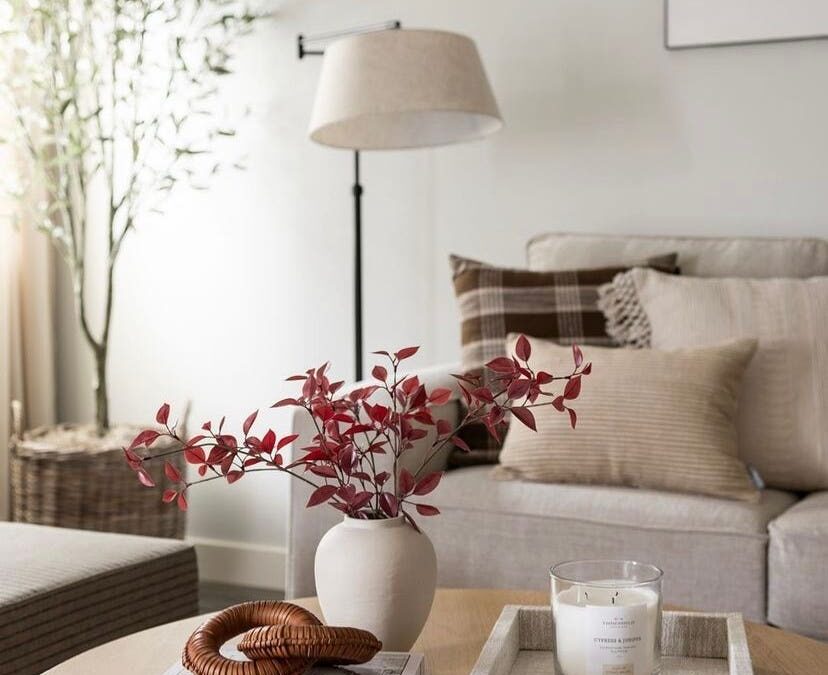Of all the rooms in your home, the playroom should be the most fun. A playroom is a space where creativity and functionality work together to become a space that will grow with your child, giving them space to play and helping to contain toys in one space. It should be the place where your kids let their imaginations run wild and you get to follow their lead by getting creative with your design choices
From storage ideas, color inspiration and creative ways to use every square foot, find inspiration for your child’s playroom with these 10 design ideas.
1. Create Activity Zones

Beatrice Tokayer/brtinteriordesign
Use your child’s classroom at school as inspiration for designing the space. If you’ve ever walked into a preschool classroom, you’ll see there are designated zones or centers for kids to explore. Instead of keeping all of the dress-up clothes mixed in with the building sets and the trucks and trains on top of the arts and crafts, each activity gets its own separate space. This way kids can move from one zone to the next, playing, creating and investigating.
This method also helps to keep the space organized (and can help make teaching clean-up a bit easier, too).
2. Give Chalkboards an Upgrade

Beatrice Tokayer/brtinteriordesign
A feature that is always a beloved addition to playrooms is adding a chalkboard wall to the space. What’s not to love about an oversized chalkboard where kids can draw, practice letters and numbers and play games with friends? Not only is a chalkboard a more eco-friendly way for kids to get crafty than markers and paper, but the quality and usability of chalkboard paint has improved so much in recent years, you may be tempted to add a chalkboard wall in other parts of your home.
Start small by painting one wall or a small nook within your playroom with chalkboard paint and see how it adds to your fun.
3. Create an Indoor Playground

Beatrice Tokayer/brtinteriordesign
Sure, the playroom can and should be a space where kids can quietly play and relax. However, if you’ve got a kiddo that needs to burn energy, then turn the playroom into a tiny home gymnasium that gives kids a space to move and groove. From climbing walls, mini trampolines, swings and tumbling mats, create a space—even if it’s a small space—that lets kids explore and play even when they are inside.
As with any of these ideas, be sure you’re also adding plenty of items to keep them safe while playing, too, including childproofing and adding soft mats and surfaces where kids may be at risk of falling while playing.
4. Choose Storage That Adapts

Little Ladoo/little.ladoo
Even though we’d like our kids to stay the same age for much longer than they do, they just keep growing and changing on us. That means their toys will start changing too, so you’ll want to incorporate storage systems that adapt to the needs of your playroom.
This pegboard shelving unit is a great example of adaptable storage because you can move and swap out the shelves as needed. You can also try storage bins and baskets that have tags on the outside that you can adjust based on what toy is inside.
All of these elements combine to make easy storage that is functional no matter what your kids have in their toy collection.
5. Add Pint-Sized Pieces

Atelier Design Studio/atelier.bh
As you’re choosing furniture and other pieces that will fill the playroom, make sure you think about size, height and footprint of the furniture. While you want to fill the space, you don’t want to overwhelm the room with excessive items.
Instead, choose functional pieces that your kids will actually use. Is there a gorgeous vintage rocking chair that would look amazing in the room? Sure, but if you think it will quickly get damaged or used as part of a blanket fort,it’s best to keep it out of the space.
Be sure to add comfy seating in the room—for your kids and for you. An oversized bean bag chair is a great spot for cuddling and taking a break in between playtime.
6. Choose Calming Colors

Atelier Design Studio/atelier.bh
The bright and loud colors of your kid’s toys and games can quickly put you into sensory overload. When choosing a color scheme for the playroom, skip colors that will add to the chaos. Instead, choose soft pastels and cool and calming tones that help the room feel grounded. This way, when you walk into the room and there are toys strewn in every inch of the space, at least the walls are a calming color.
Some of the best colors to paint kids’ rooms include sage green, a light gray or even a navy blue. However, you can use your imagination and even get your kids involved in choosing the best color for their playroom.
7. Play With Art

First House on Finn/firsthouseonfinn
There may not be many rooms in your home where an extra-large canvas of a frog wearing glasses and colorful giraffes make sense, but in a playroom, they’re a perfect fit. Whether you choose to display your child’s art on the walls or to fill the space with characters and creatures your kids will love, keep the art whimsical and fun. Plus as your kids get older, the type of art you include can grow and change with them.
Try to choose fairly standard-sized art (think 8 inches by 10 inches) so you can swap out any art but keep the frames, or even the spot on the wall, open for an upgrade later.
8. Leave Space to Play

no_9designs/no_9designs
It can be tempting to design a playroom where you try to incorporate all the things. However, don’t forget to leave a spot for kids to actually play. As toys move in and out of rotation, you’ll need space to set up, clean up and actually play.
Leave plenty of space in the middle of the room, or even incorporate items that can fold up, like a pop-up tent, to be sure your little ones still have room to move around. This little form of minimalism can also help anything you do include in the room really pop.
9. Swing Into Action

Yamalys Colon Molly/_littlebitofgrace_
Not only are indoor swings a cool aesthetic, but they are also a great way to help kids calm down when they have big feelings or just need a little break. Plus, they can add a fun, whimsical vibe to the room. , To install a swing, choose a spot that leaves plenty of room away from a wall and make sure the swing is attached to a ceiling joist.
Because your kids will be hanging out in the swing, you’ll need to be absolutely sure you can install it safely. If not, hiring a handyperson might be the right call.
10. Don’t Forget a Reading Nook
One of the easiest ways to encourage your kids to curl up with a book is to create a reading nook that is cozy and filled with their favorite reads. The best part of a book nook is that you can transform a small corner, a tiny closet or a blank wall into a place where kids can relax and read whenever they want. Add pillows and blankets and even illustrations of their favorite characters to make the space super inviting.










0 Comments